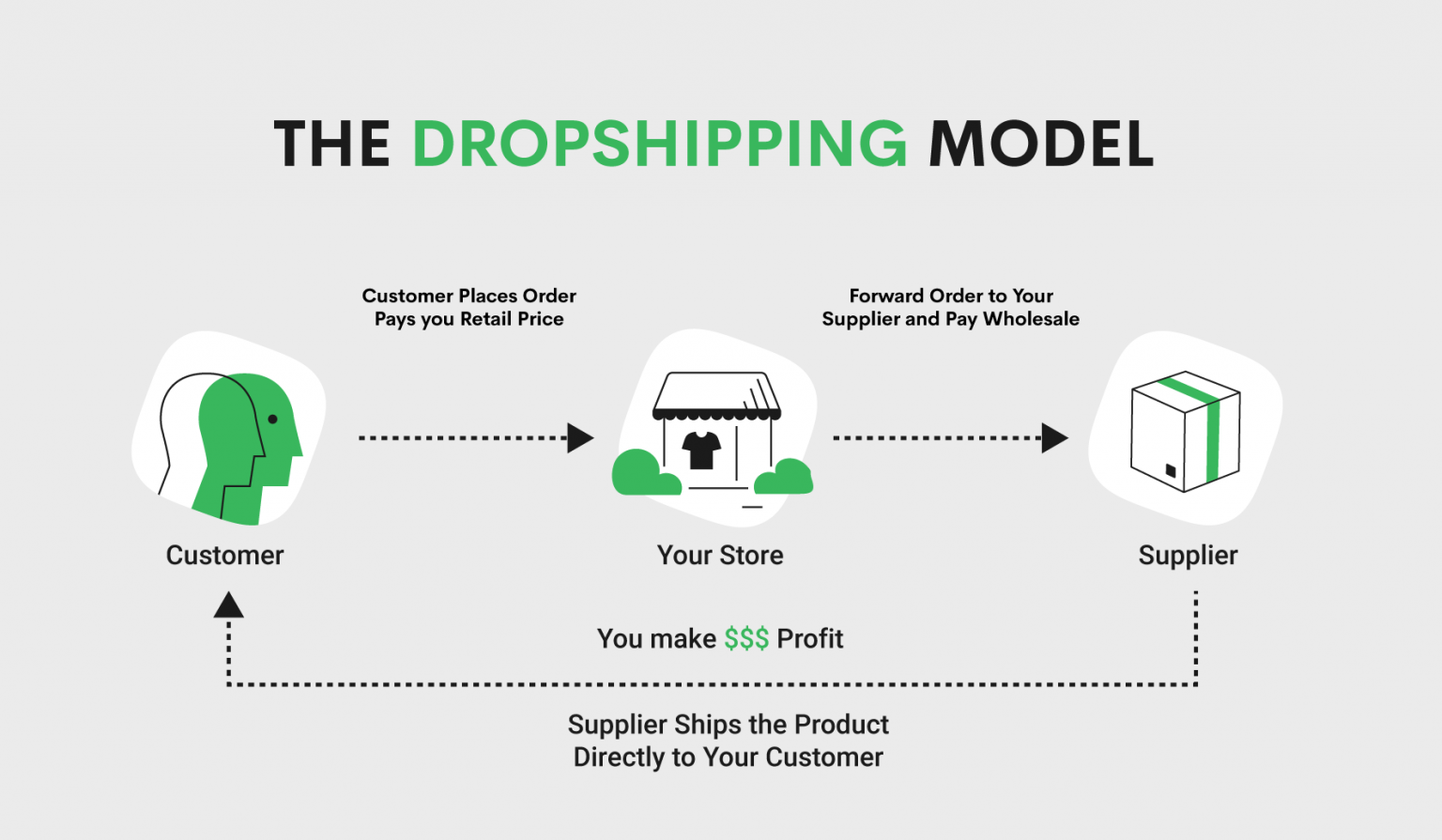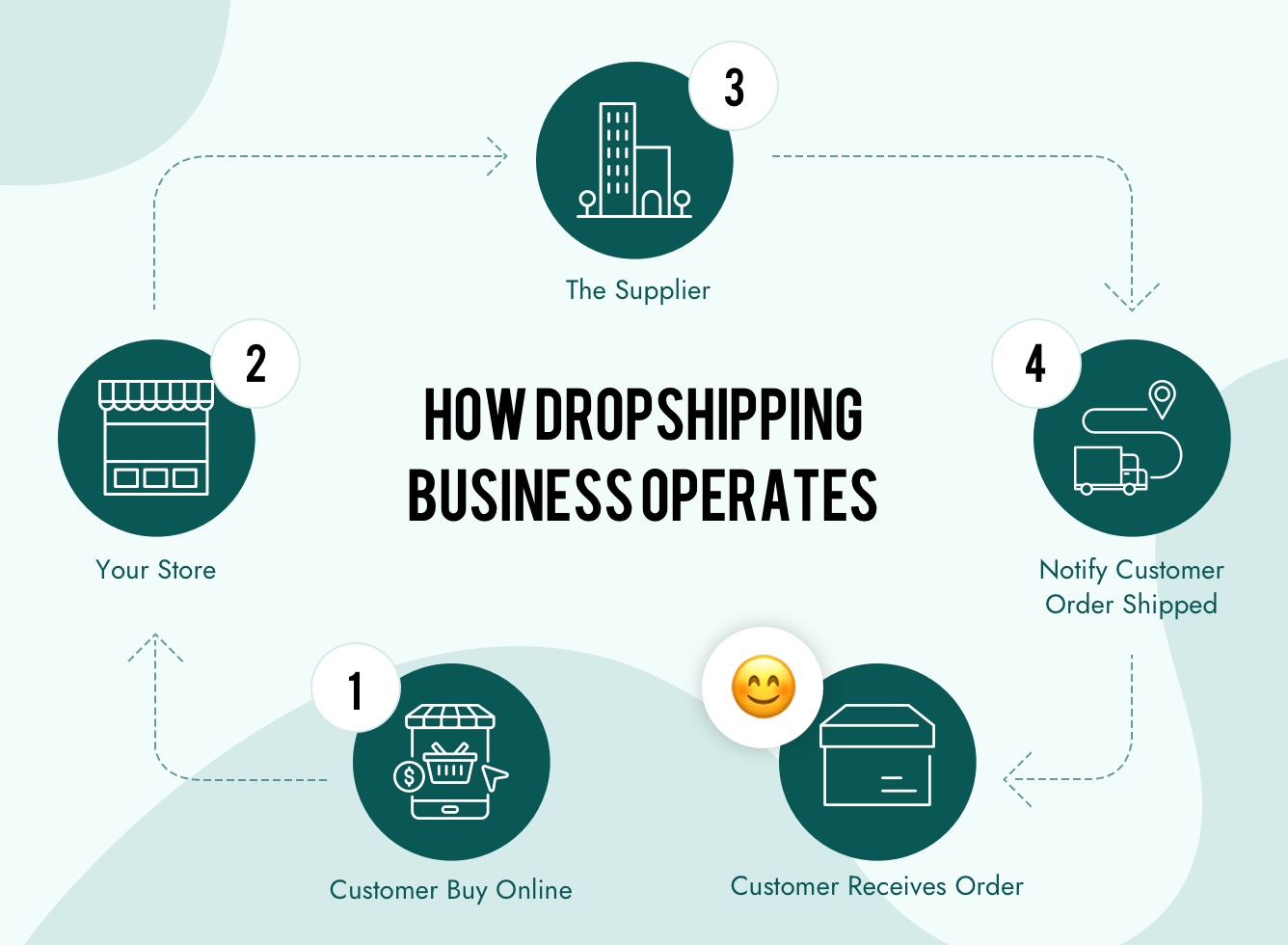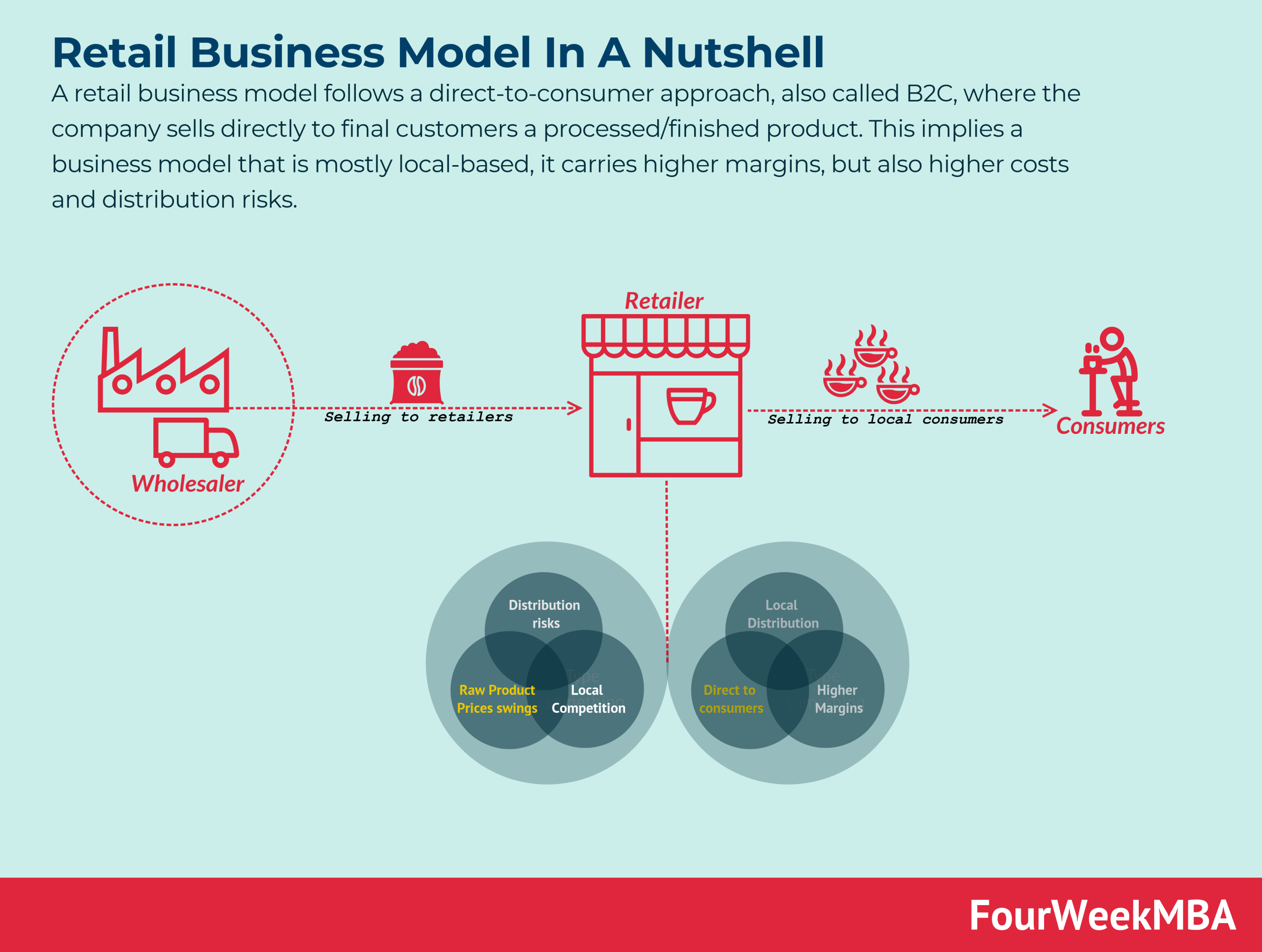Are you interested in starting your own business but unsure where to begin? Look no further than the dropshipping business model. In this comprehensive guide, we will delve into the world of dropshipping, covering its benefits, challenges, niche selection, supplier sourcing, effective marketing strategies, and tips for scaling your business. Whether you’re a budding entrepreneur or a seasoned business owner, understanding the ins and outs of dropshipping can provide valuable insights into creating a successful online business. Let’s embark on this dropshipping journey together and unlock the secrets to building a thriving e-commerce venture.
Dropshipping business is a popular and low-risk way to enter the world of e-commerce. By leveraging the dropshipping model, entrepreneurs can sell products to customers without holding any inventory. This minimizes upfront costs and eliminates the need for storage space, making it an attractive option for aspiring business owners. In this guide, we will explore the key components of the dropshipping business, from selecting a profitable niche to establishing relationships with reliable suppliers and implementing effective marketing techniques. Get ready to dive into the dynamic world of dropshipping and take the first step towards building your online empire.

Understanding the Dropshipping Business Model: Unveiling the Retail Fulfillment Magic
Dropshipping operates uniquely in the e-commerce realm. Unlike traditional retail models, dropshipping businesses abstain from stocking products. When a customer places an order, the store buys the product from a supplier who then ships it directly to the customer. Ultimately, this relieves dropshippers of the burdensome tasks associated with inventory management, allowing for cost-effective operations and streamlined logistics. The absence of inventory holding makes it a lucrative and less risky venture for aspiring entrepreneurs.
In the realm of dropshipping business model, the core principle lies in efficiently managing the customer journey without being encumbered by inventory constraints. By adopting this model, entrepreneurs bypass the challenges of warehouse storage, stock tracking, and shipping logistics. This smart strategy enables businesses to focus on customer satisfaction, marketing strategies, and driving sales while fostering a lean and agile operational framework. Embracing the dropshipping model empowers entrepreneurs to scale their businesses rapidly without the traditional barriers to entry seen in conventional retail setups.
With the dropshipping model stripping away the need for physical inventory, entrepreneurs can allocate their resources more strategically. This lean approach streamlines the business processes, allowing for greater flexibility in experimenting with new product lines and adjusting to market trends swiftly. By reframing the traditional retail paradigm, dropshipping businesses can pivot with ease, seize emerging opportunities, and adapt to consumer preferences on a dime. The agility and adaptability offered by the dropshipping business model propel entrepreneurs into a dynamic space where innovation and growth thrive.
In essence, the dropshipping business model is a game-changer in the e-commerce landscape, revolutionizing how entrepreneurs establish and manage online retail operations. By embracing the dropshipping approach, businesses can optimize their costs, enhance customer experiences, and carve a niche in the competitive market. This innovative model opens doors for entrepreneurs to venture into e-commerce without the substantial financial burdens typically associated with traditional retail setups. The dropshipping model presents a gateway to entrepreneurial success, offering a pathway to profitable ventures with minimal risk exposure.

Benefits of Starting a Dropshipping Business
Low Startup Costs
Embarking on the dropshipping business model entails significantly lower startup costs compared to traditional retail ventures. By eliminating the need to purchase and store inventory upfront, entrepreneurs can allocate resources to other critical aspects of their business, such as marketing initiatives and enhancing customer experience. This financial flexibility empowers individuals to kickstart their online businesses with reduced financial risks.
Efficient Inventory Management
One of the standout advantages of dropshipping is the absence of inventory management responsibilities. With no requirement to handle, store, or track inventory, entrepreneurs can focus on core business activities like customer acquisition and building strategic partnerships. This streamlined approach allows for more efficient operations and enables entrepreneurs to dedicate time to expanding their dropshipping business model.
Diverse Product Selection
Through dropshipping, entrepreneurs can offer a wide array of products to their customers without the burden of investing in inventory upfront. This extensive product selection capability enables businesses to cater to diverse consumer preferences and market trends. The ability to swiftly adapt product offerings based on market demand enhances customer satisfaction and positions the business for sustainable growth within the dropshipping business model.
Flexibility and Scalability
The flexibility inherent in the dropshipping business model allows entrepreneurs to swiftly adjust to changing market conditions and consumer preferences. This adaptability is crucial in seizing emerging opportunities and navigating evolving industry landscapes. Moreover, the scalability of dropshipping facilitates the seamless expansion of business operations, empowering entrepreneurs to grow their ventures organically and capitalize on market trends effectively.

Navigating the Challenges of Dropshipping
Limited Control over Product Quality and Shipping Times
In the dropshipping business model, maintaining consistent product quality and controlling shipping times can be challenging. As you rely on suppliers to fulfill orders, ensuring products meet your standards and are delivered promptly to customers becomes crucial. Implementing stringent quality checks and working closely with reliable suppliers can help mitigate this challenge effectively.
Dealing with Competition from Other Dropshipping Businesses and Established Retailers
In a competitive e-commerce landscape, standing out among other dropshipping businesses and established retailers can be daunting. To differentiate your brand, focus on offering unique products, excellent customer service, and efficient shipping. Additionally, investing in targeted marketing strategies and building a strong online presence can help carve a niche for your dropshipping business.
Addressing Potential Product Shortages or Delays from Suppliers
Product shortages or delays from suppliers can disrupt your business operations and impact customer satisfaction. To combat this challenge, maintain clear communication with suppliers, forecast demand accurately, and diversify your product range to mitigate the risk of shortages. Building strong relationships with multiple suppliers can also provide backup options in case of unforeseen delays.
Overcoming Customer Service Challenges without Direct Product Control
Customer service plays a vital role in dropshipping, despite not having direct control over product handling. To excel in this area, prioritize transparent communication, swift issue resolution, and a customer-centric approach. Utilizing automation tools for order tracking and feedback management can streamline processes and enhance the overall customer experience. Stay proactive in addressing inquiries and concerns promptly to foster trust and loyalty.
By acknowledging and proactively addressing these challenges in the dropshipping business model, you can cultivate resilience and adaptability in navigating the dynamic e-commerce landscape. With strategic planning, continuous improvement, and a customer-centric focus, you can overcome obstacles and build a successful dropshipping venture that thrives amidst competition and market fluctuations.
Mastering the Art of Choosing the Right Niche
Identifying Your Target Audience’s Needs
Understanding your target audience is key. Research their demographics, preferences, and pain points. Addressing specific needs can set you apart in the market and create a loyal customer base. By analyzing what drives your potential customers, you can tailor your niche selection to cater to their desires effectively.
Researching Market Trends for Profitable Niches
Stay updated on market trends and consumer behaviors. Look for niche opportunities with growing demand and less competition. Tools like Google Trends, social media insights, and industry reports can guide you in spotting emerging niches. A thorough analysis will help you make data-driven decisions for long-term success.
Aligning Interests, Skills, and Competitiveness
Consider your passions, expertise, and the competition landscape. Choose a niche that excites you and aligns with your skills. While passion is essential, ensure there is a market for your chosen niche. Assess the competition to determine if you can differentiate your offerings and stand out in a crowded market.
Matching Niche Selection with Business Goals
Ensure your niche aligns with your overall business objectives and resources. Define your unique selling proposition (USP) within the chosen niche. By aligning your niche selection with your business goals, you can create a coherent strategy that maximizes your strengths and opportunities in the dropshipping business model.

Exploring Reliable Suppliers for Your Dropshipping Business
When diving into the realm of dropshipping, finding dependable suppliers is paramount. Online marketplaces such as AliExpress, Oberlo, and Spocket offer a plethora of products and suppliers to choose from. These platforms simplify supplier selection and product sourcing, streamlining your business operations effectively.
In addition to online platforms, attending trade shows and industry events provides a unique opportunity to connect with potential suppliers face-to-face. Building personal relationships with suppliers can enhance trust and facilitate smoother transactions down the line.
To ensure a seamless partnership, it’s crucial to vet suppliers thoroughly. Seek suppliers with positive reviews, competitive pricing, and a track record of delivering quality products. By prioritizing these aspects, you can maintain customer satisfaction and uphold the reputation of your dropshipping business.
Effective communication is key to successful supplier relationships. Establish clear expectations regarding product quality, shipping times, and communication channels. Transparent and open dialogue fosters mutual understanding and helps prevent misunderstandings or discrepancies in fulfilling customer orders.
By incorporating these strategies and focusing on establishing strong partnerships with reliable suppliers, you can fortify the foundation of your dropshipping business model, paving the way for long-term success and growth.

Mastering the Art of Marketing and Promoting Your Dropshipping Business
Crafting a User-Friendly and Optimize Website
In the realm of the dropshipping business model, having a user-friendly website is paramount. Ensure easy navigation, attractive design, and mobile responsiveness to enhance user experience and boost conversions. Optimize product pages with compelling descriptions and high-quality images to entice customers and increase sales.
Leveraging Social Media and Influencer Marketing
Harness the power of social media platforms like Instagram, Facebook, and TikTok to engage with your audience and drive traffic to your online store. Collaborate with influencers in your niche to reach a wider demographic and build credibility. Authentic, creative content can foster brand loyalty and encourage repeat purchases.
Running Targeted Advertising Campaigns
Utilize targeted advertising campaigns on platforms such as Google Ads and Facebook Ads to reach potential customers effectively. Tailor your ads to specific demographics, interests, and behaviors to maximize ROI. Implement retargeting strategies to re-engage with visitors who showed interest but did not make a purchase, increasing conversion rates.
Providing Excellent Customer Service and Building Brand Reputation
Exceptional customer service is key to retaining customers and establishing a strong brand reputation. Address inquiries promptly, resolve issues efficiently, and solicit feedback to continuously improve. Positive reviews and testimonials can instill confidence in potential buyers and differentiate your dropshipping business in a competitive market.
By implementing these strategies, you can elevate your dropshipping business model and effectively market and promote your online store to a broader audience. Remember, consistency, creativity, and customer-centric approaches are the pillars of successful marketing initiatives in the e-commerce landscape.

Strategies for Scaling Your Dropshipping Business
Expanding Product Offerings and Targeting New Niches
Diversifying products attracts a broader audience and increases sales potential. Research trends, analyze customer feedback, and explore complementary items to broaden your product range strategically. Introducing related products or expanding into new niches can stimulate growth and capture untapped markets, enhancing your dropshipping business model.
Optimizing Website and Marketing Tactics for Growth
Enhance user experience by optimizing website speed, design, and navigation. Implement SEO strategies, leverage social media, and utilize email marketing to reach a wider audience. A/B test marketing campaigns, analyze data, and adapt strategies for maximum effectiveness. Consistent branding and engaging content play a vital role in scaling your dropshipping business.
Automating Processes for Efficiency and Scalability
Implement automation tools for order processing, inventory management, and customer support. Use customer relationship management (CRM) systems to streamline communication and enhance customer experience. Automation reduces manual tasks, minimizes errors, and enables seamless scalability as your dropshipping business expands.
Utilizing Dropshipping Platforms for Streamlined Operations
Explore dropshipping platforms or software to centralize order fulfillment, supplier management, and inventory tracking. Platforms like Shopify, WooCommerce, or Oberlo offer integrations with multiple suppliers, simplifying product sourcing and logistics. Utilizing specialized tools optimizes operations, saves time, and boosts overall efficiency for your dropshipping business model.


